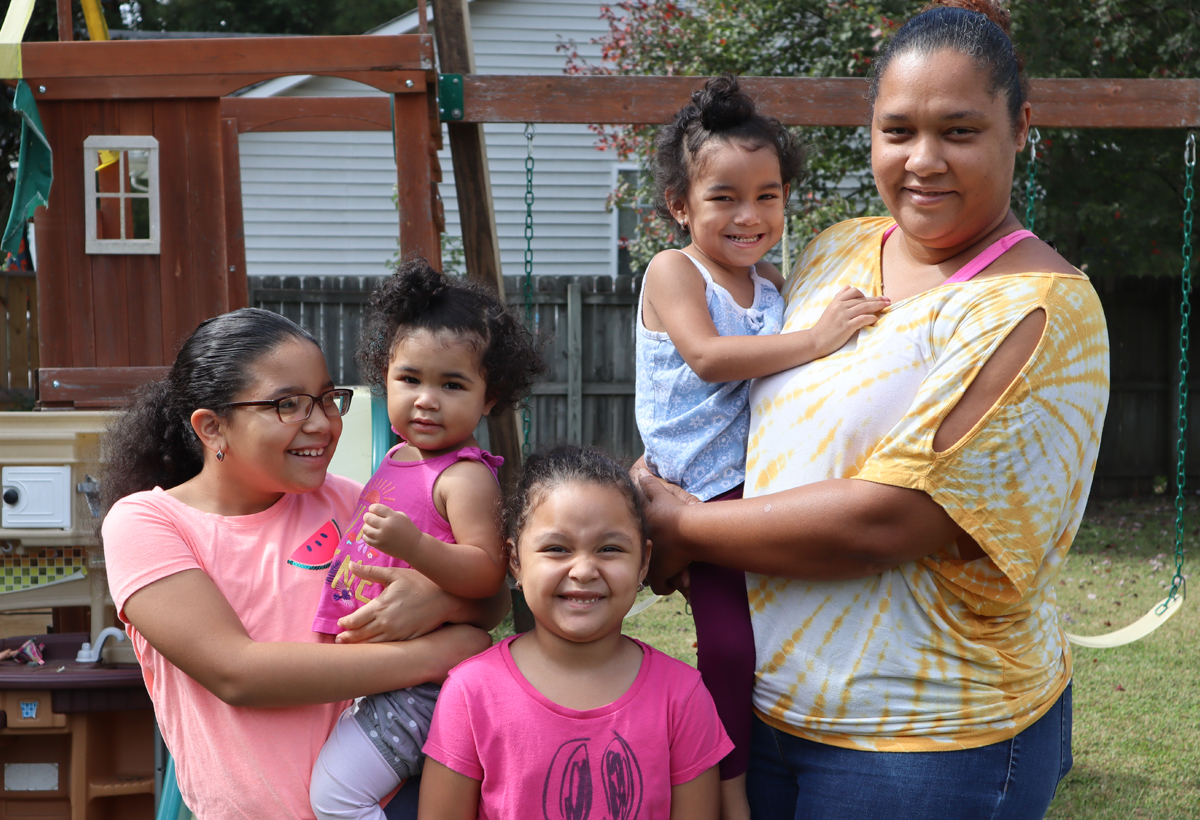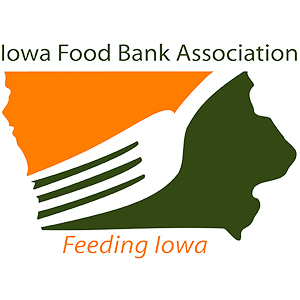Story by: Luna Stephens: OWH Reporter
Together Omaha’s food pantry was packed Friday morning as people waited their turn to grab bags of cereal, canned food and fresh produce. For President and CEO Mike Hornacek, it’s a “scary thought” to consider the growth in demand the nonprofit could see if federal cuts to the Supplemental Nutrition Assistance Program (SNAP) are enacted. “What you saw in the lobby walking in the building today would probably double or triple,” he said.
Nearly $300 billion in cuts to SNAP, also known as food stamps, were approved by the U.S. House of Representatives as part of a budget reconciliation bill. That legislation is now being considered by the Senate. If it passes, the cuts would be the largest in the program’s history. Local nonprofit leaders and advocates say those cuts would lead to more people turning to Omaha-area food pantries that are already feeling the effects of a “hunger crisis.”
“We believe, if this happens, it’s going to create lines at pantries that we have not seen since the early days of the pandemic,” said Stephanie Sullivan, Food Bank for the Heartland’s assistant director of marketing and communications.
Hornacek said he believes those behind the legislation don’t realize how devastating the cuts would be and are overestimating the ability of food pantries to meet the needs of those who would lose SNAP benefits. “You’re assuming that the nonprofit sector is just going to be there to pick up where SNAP used to be, and I think that’s a pretty uneducated assumption, considering we barely have the resources to serve who we’re serving now,” he said.
The changes proposed in the House bill include expanded work requirements for those receiving SNAP. It would raise from 54 to 65 the age that able-bodied adults without dependents are required to meet work requirements and require some parents to work to qualify for benefits if their children are older than 7 instead of the current age of 18.
Currently, recipients must work or participate in a work program for 80 hours a month to meet work requirements. If they don’t meet those requirements, they can receive only three months of benefits within a three-year period. The legislation passed by the House would also limit the ability to waive work requirements in areas with high unemployment rates and limit the ability to modify the Thrifty Food Plan, which is used to calculate the amount of SNAP dollars given to families, to account for inflation.
A statement from the House Committee on Agriculture argues the changes would ensure SNAP works the way it’s intended to by “reinforcing work, rooting out waste, and instituting long-overdue accountability incentives to control costs and end executive and state overreach.”
Under these proposed changes, 3.2 million people in an average month could lose SNAP benefits, according to the Congressional Budget Office. That estimate doesn’t account for the children or other household members that would also be affected by the loss of benefits.
The Center on Budget and Policy Priorities estimates 13,000 Nebraskans receiving SNAP would be affected by the changed work requirements, impacting a total of 28,000 people when children of those people and others living in the household are included.
“We’re talking about taking food out of the mouths of children,” said Jen Day, Together Omaha’s Vice President of development. “It’s hard to articulate how devastating that will be if it goes all the way through.”
Food banks and pantries are already strained
As of 2023, 14.5% of Nebraskans were considered food insecure, according to a report from Feeding America, a nationwide network of food banks, food pantries and local meal programs. That’s a nearly 3% increase from 2019. The food insecurity rate is higher for children, at 19.2%.
“Our food pantry system is already completely overwhelmed by the influx of neighbors needing food assistance, that they can’t handle more,” Sullivan said.
Food Bank for the Heartland has also been impacted by recent cuts to the USDA Local Food Purchase Assistance program, which provided 24% of the food bank’s food in the 2024 fiscal year. That funding allowed the food bank to purchase large amounts of local produce, protein, eggs and dairy that it couldn’t otherwise afford, Sullivan said.
Together Omaha has seen a 50% increase in foot traffic over the first quarter of 2025 compared to that time period in 2024. While Together Omaha hasn’t started to see the effects of cuts yet, Hornacek said he thinks some of the food pantry’s increased demand has stemmed from community members who fear losing access. “There is a lot of anxiety and nervousness out there,” he said.
Legislation could also shift funding onto states
The legislation would also decrease federal funding for administrative costs from 75% to 50% and require states to pay at least 5% of the benefit costs for the SNAP program. The federal government currently pays for all benefit costs.
Nebraska Appleseed estimates Nebraska would be responsible for an extra $62.8 million in funding under those measures.
Megan Hamann, Nebraska Appleseed’s senior community organizer for food and nutrition access, said while the work food pantries do is vital, it can’t replace SNAP. “Frankly, the amount of need that is out there and the amount of capacity that our food pantries have are completely in contrast to one another,” she said.
If more people have to turn to food pantries, Hornacek said he worries Together Omaha will eventually have to start turning people away. “That’s a really impossible position to put somebody in, to have to tell somebody to their face, ‘I’m sorry, I don’t have any food left,'” he said.






